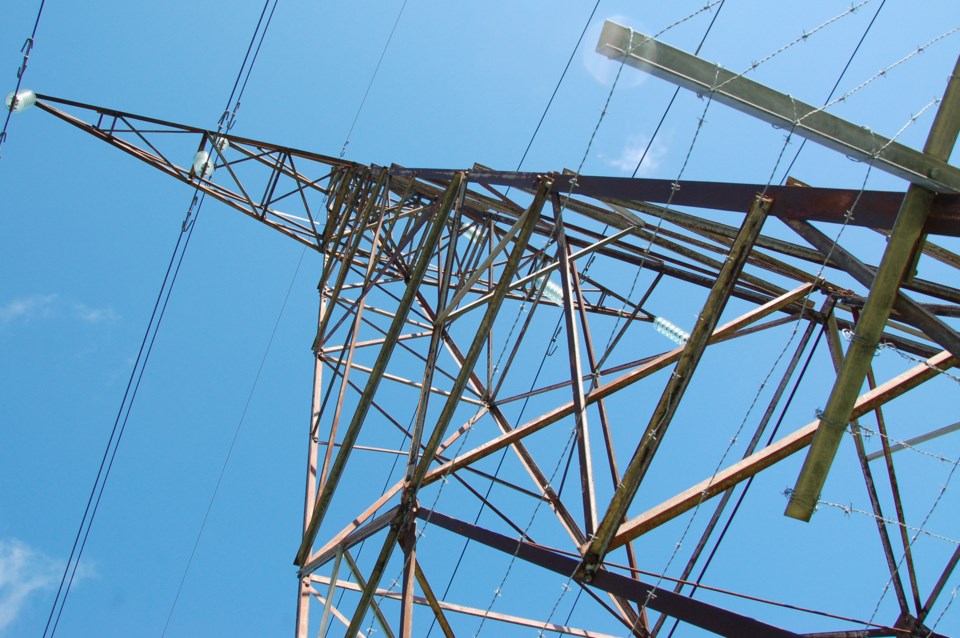Guelph residents, businesses and industries have a long way to go if the community is going to meet the greenhouse gas (GHG) emission reduction targets set by city council, with the ultimate goal of reaching net-zero by 2050.
There’s an interim target set for 2030, but for more than two years local environmental enthusiasts have been calling on the city to establish additional interim targets in order to help motivate the community to take more action.
In a low-key way, that’s now happened … sort of.
City staff recently did a straight line calculation regarding annual emissions and the 2030 interim target, identifying how much greenhouse gas emissions would need to be eliminated annually in order to achieve the objective of a 63 per cent reduction compared to the 2018 baseline level.
“I was never concerned about what that target was. I was more concerned that we get it. Now we need to start to move on and figure out ways of actually getting there,” said Evan Ferrari, executive director of eMERGE Guelph, noting he has no issue with the straight line approach.
“Without those targets telling us we’re not going in the right direction, we’re not going to act. The sad thing is we’re going to be gazing in the rearview mirror and then realizing, ‘Oh my god, we needed to turn down a different fork in the road long ago.’”
eMERGE is one of several groups that penned a Letter to the Editor last month renewing the request of city officials.
Not previously having those additional interim goals – there’s only one official interim target, and that’s for 2030 – is “indicative of the fact that there just didn’t seem to be anyone caring about it enough to do a simple math equation to get this done,” Ferrari added.
“Senior (city) staff, the message they’re getting from council is they don’t see it’s necessary to be climate leaders. We’ve lost that. We’ve fallen off that pedestal years ago,” he continued. “Other communities take the great work that happened in Guelph and they’re improving it and they’re bypassing us and here we are twiddling our thumbs.”
Using 2018 as the baseline year for comparison, city council pledged a 63 per cent reduction in overall community GHG emissions by 2030 as part of its commitment to the United Nations’ Race to Zero campaign – from 902,152 tonnes to 333,796 tonnes.
However, the city’s corporate emissions account for about three per cent of overall community emissions. While there are numerous efforts underway to bring down those corporate emissions – municipal fleet electrification, energy-efficient upgrades, use of solar panels and heat pumps, etc. – the only effort dedicated specifically to reducing emissions elsewhere in the community is the creation of an interest-free home renovation program known as Guelph Greener Homes.
Expansion of transit and the city’s active transportation network also contribute to community GHG reductions.
In 2021, the latest year information is available for, the Guelph community produced 772,768 tonnes of GHG emissions. Based on the straight line calculation, the community goal was 760,067 tonnes.
When 2022 information is released later this year, Evans said he expects to see emissions went up rather than down.
"We were starting to come out of the slump from COVID and 2023 should be significantly more," he noted.
The 2026 council-approved objective is to reach about 550,000 tonnes of community emissions.
